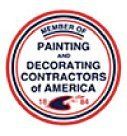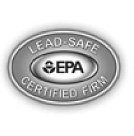How to Paint Over Oil-Based Paint [4 Simple Steps]
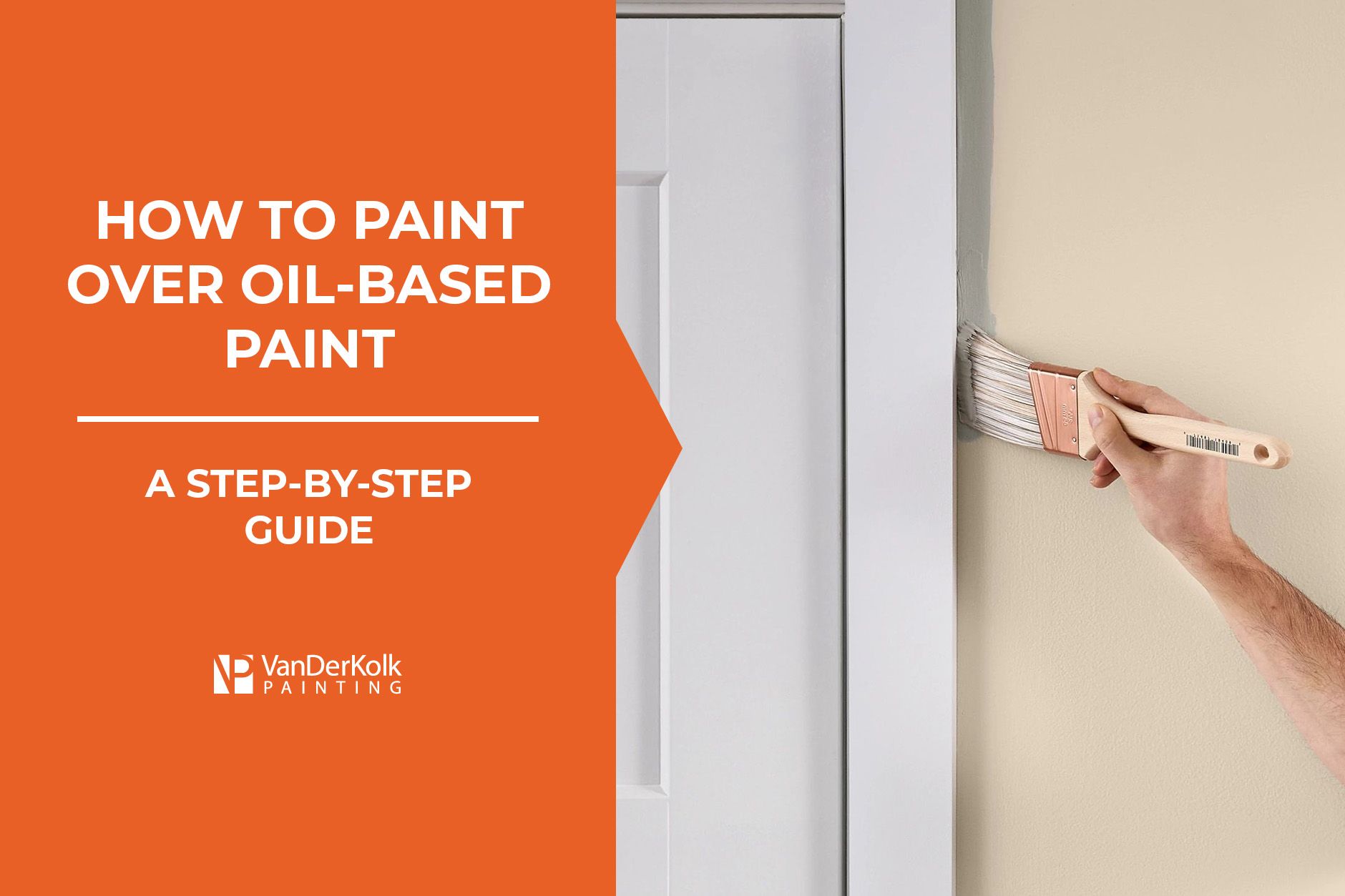
Water and oil don’t mix; this is a well-known fact. The same rings true when it comes to painting water-based paint over oil-based paint. So, how exactly do you paint over oil-based paint?
While oil-based paint is much less popular today, you may run into it when renovating old homes or touching up decades-old furniture. Homeowners historically used oil-based paint on household items that experienced a lot of wear and tear, such as doors, trimming, and cabinets.
Now that we are aware of the
harmful VOC chemicals oil-based paint contains, most people have switched to using water-based and latex paint in their homes. When working to renew an older home, knowing how to paint over oil-based paint will save you from making grave mistakes that will cost you time and money.
Of course, if you want your painting done right the first time with no mistakes,
VanDerKolk Painting is here to lend a professional hand (and paintbrush) for your Grand Rapids residential or commercial project.
If you decide to take the DIY route, you’ll learn exactly how to paint over oil-based paint by the end of this article.
How to Identify Oil-Based Paint
Before starting your painting project, it’s important to identify the paint you will eventually paint over. This information will help you decide which primer to use and the next steps to prepare your wall or item before putting your new paint color. Identifying oil-based paint is easier than you may think.
Simply dip a cotton ball in
denatured alcohol and rub it on the paint. If the paint does not come off, then it is an oil-based paint. If you encounter oil-based paint coating on your walls, doors, or antique furniture, you can easily paint over it with water-based or latex paint by following four steps.
How to Paint Over Oil-Based Paint with Water-Based Paint
In just four simple steps, you can successfully paint over oil-based paint without worrying about the new paint peeling or cracking in just a week.
Step 1: Sand Away the Coating
Using fine sandpaper, between 180 and 220 grit, rub away the glossy top coat of the oil-based paint. This will help the new primer and water-based or latex paint adhere to the surface without cracking or peeling.
Remember, you do not want to sand away all the paint - just the glossy surface. Once finished sanding, use a wet cloth to wipe away any dust.
Step 2: Clean with TSP
After sanding the top layer, you’ll clean the surface with trisodium phosphate (TSP). To do so, mix ¼ cup of TSP with a gallon of water. Wear gloves, soak a sponge in the mixture, and use it to clean the surface. The sponge will pick up any dirt or dust left behind from the sanding.
Clean the surface with the sponge and the diluted TSP twice to ensure it is clean and ready for a fresh coat of paint.
Step 3: Prime the Surface
Once the surface is clean and free of dust and debris, you can paint a coat of bonding primer. A coat of oil or water-based primer will help the paint better adhere to the surface and prevent it from peeling or chipping. Allow the primer to fully dry.
Step 4: Add Two Coats of Paint
When painting over oil-based paint, it’s best practice to use two coats of paint to ensure the color is vibrant and the paint is evenly distributed.
Remember to use the correct type of paint for your project. If painting something outside, be sure to
use exterior paint instead of interior paint to make your project last longer.
Can You Paint Directly Over Oil-Based Paint?
When covering oil-based paint with latex or water-based paint, you cannot paint directly over it. You must sand off the glossy finish, wash the surface with TSP, and prime it before painting it. This will provide a longer-lasting paint job and prevent the paint from peeling.
What Paints Can You Paint Over Oil-Based Paint?
You can use any paint over oil-based paint as long as you use the right technique and primer. Always remember that oil and water paints will not adhere together. So, you must follow extra steps to make these two paints compatible.
Hybrid oil-latex enamel paint may be easier to paint over oil-based paint than water-based as the paint already contains oils. However, the type of paint you use will depend on your specific project.
Oil-Based Paint vs. Water-Based Paint
While painting over oil-based paint with another oil-based paint will forego the extra preparation steps, it’s better in the long run to use water-based paint. Unfortunately, oil-based paint contains VOC chemicals that can be dangerous, especially when painting in an enclosed space. Oil paint also takes much longer to dry.
Water-based paint does not contain as many VOCs or fumes (if any) as oil-based paint, making it safer to use indoors. It also takes less time to dry and is more environmentally friendly overall.
In fact,
many states have placed restrictions on the production and sale of oil-based paint due to the environmental impact of production. So, it is harder to find now, making latex, enamel, and water-based paints much more convenient to use.
The Perfect Paint Job Every Time - Guaranteed!
There is chemistry and science behind every paint job. You have to consider the surface you’re covering, the type of paint you plan to use, and the kind of paint you may be covering up.
Failing to collect the right information can result in wasted time and money and a chipped or peeling paint job. The good news is that you can bypass making these mistakes with VanDerKolk Painting!
We guarantee a beautiful, clean, and perfect paint job for any project - big or small - you may have. During an initial consultation, our team of painting experts will determine exactly what type of primer and paint to use on your desired surface to get the most vibrant and opaque color possible. Plus, our state-of-the-art techniques ensure your home’s interior or commercial building will be given a new paint job that lasts. You can request a free estimate for your painting project today by filling out an
online contact form or by calling
(616) 202-6570.
Request A Free Quote
We will get back to you as soon as possible.
Please try again later.
Our Services
Residential Services
Commercial & Industrial Services

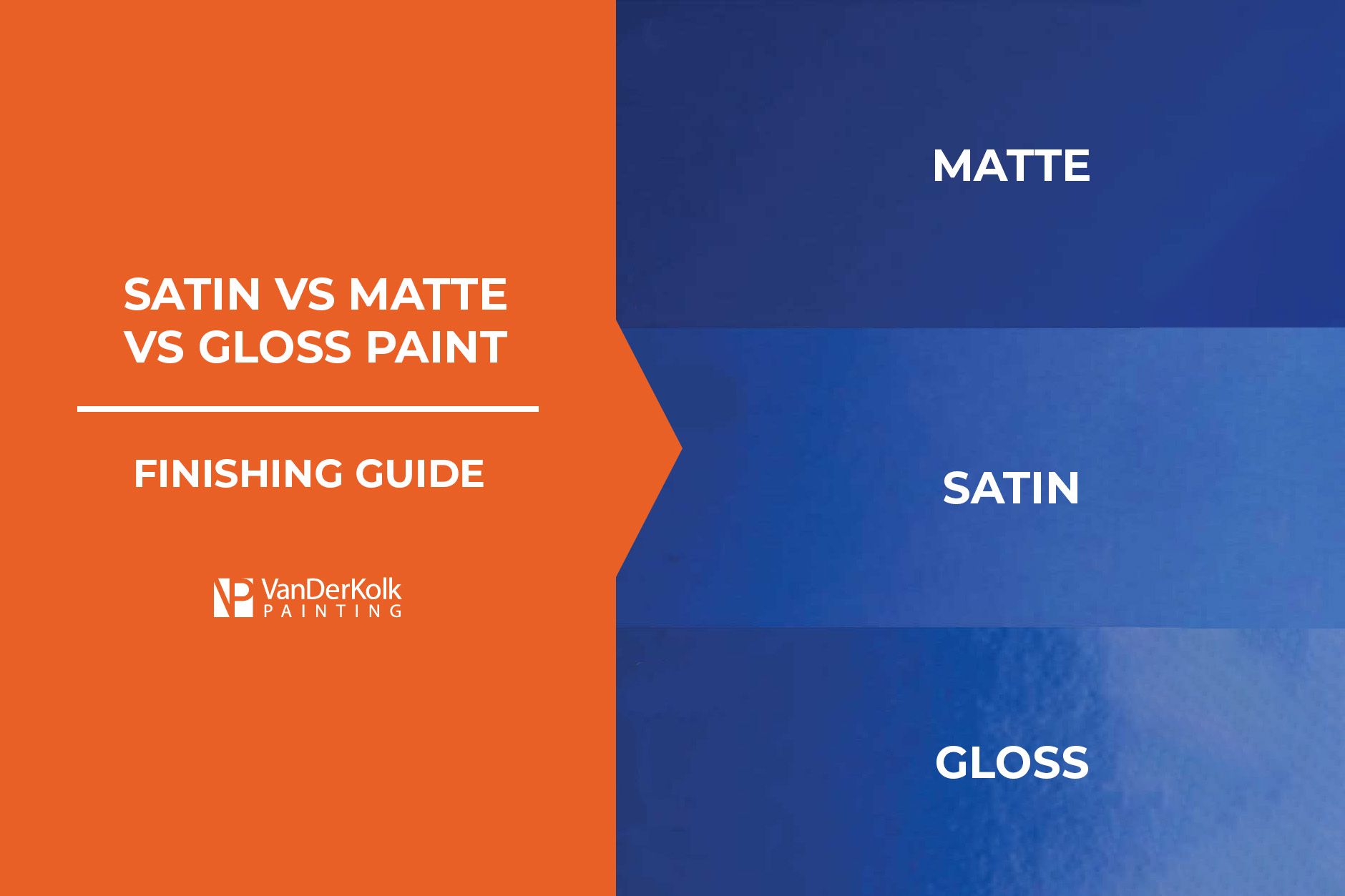
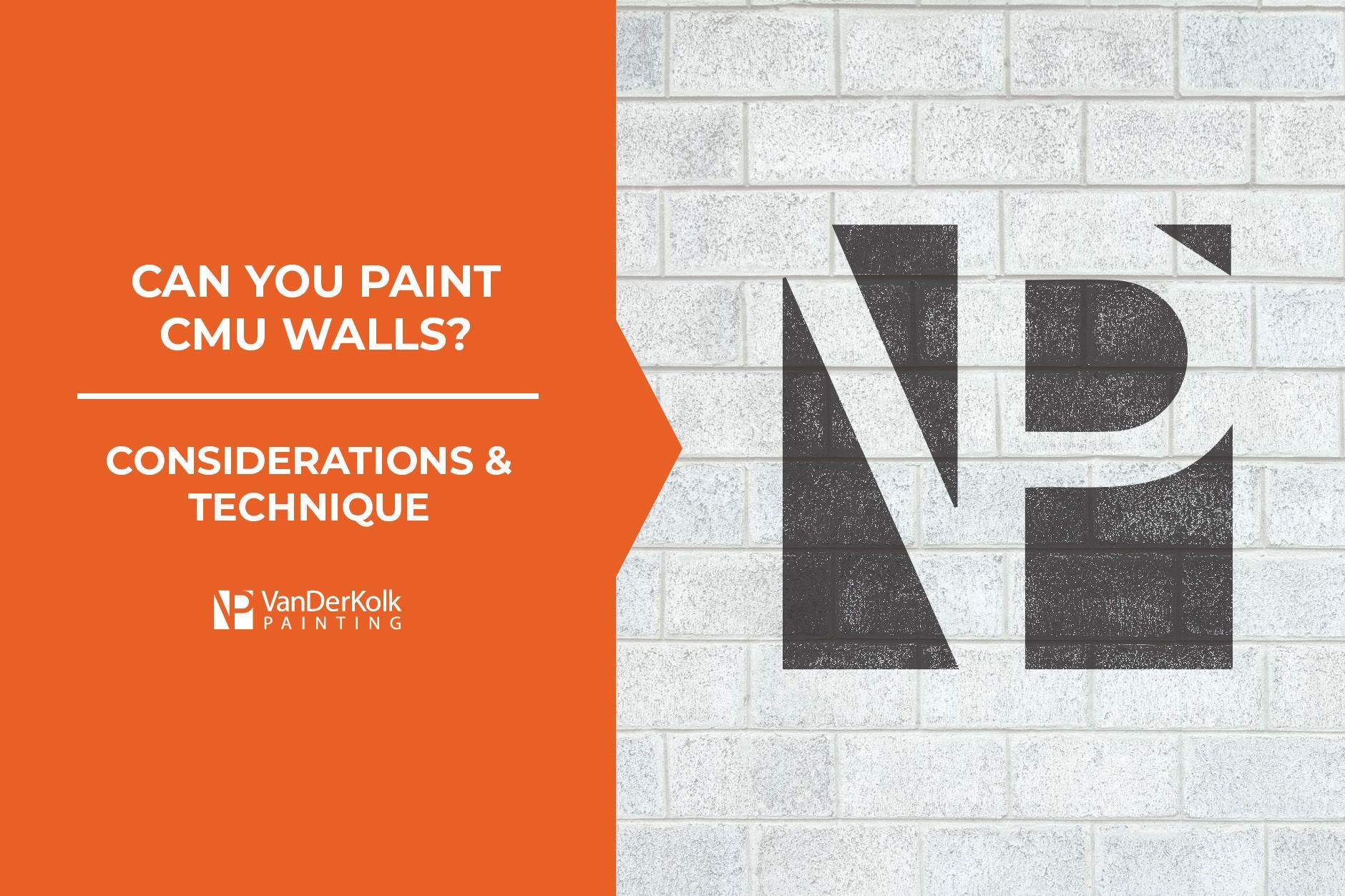
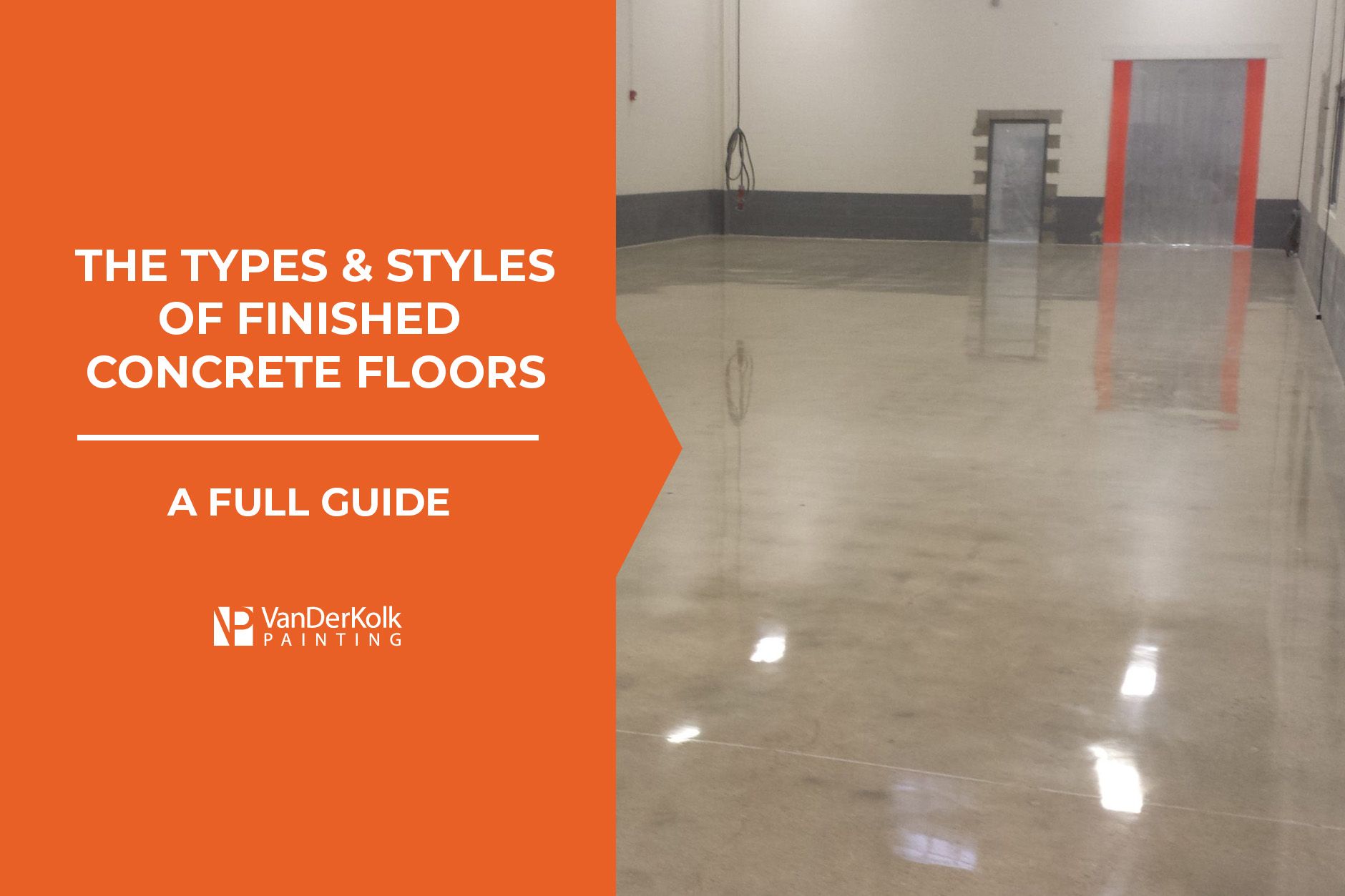
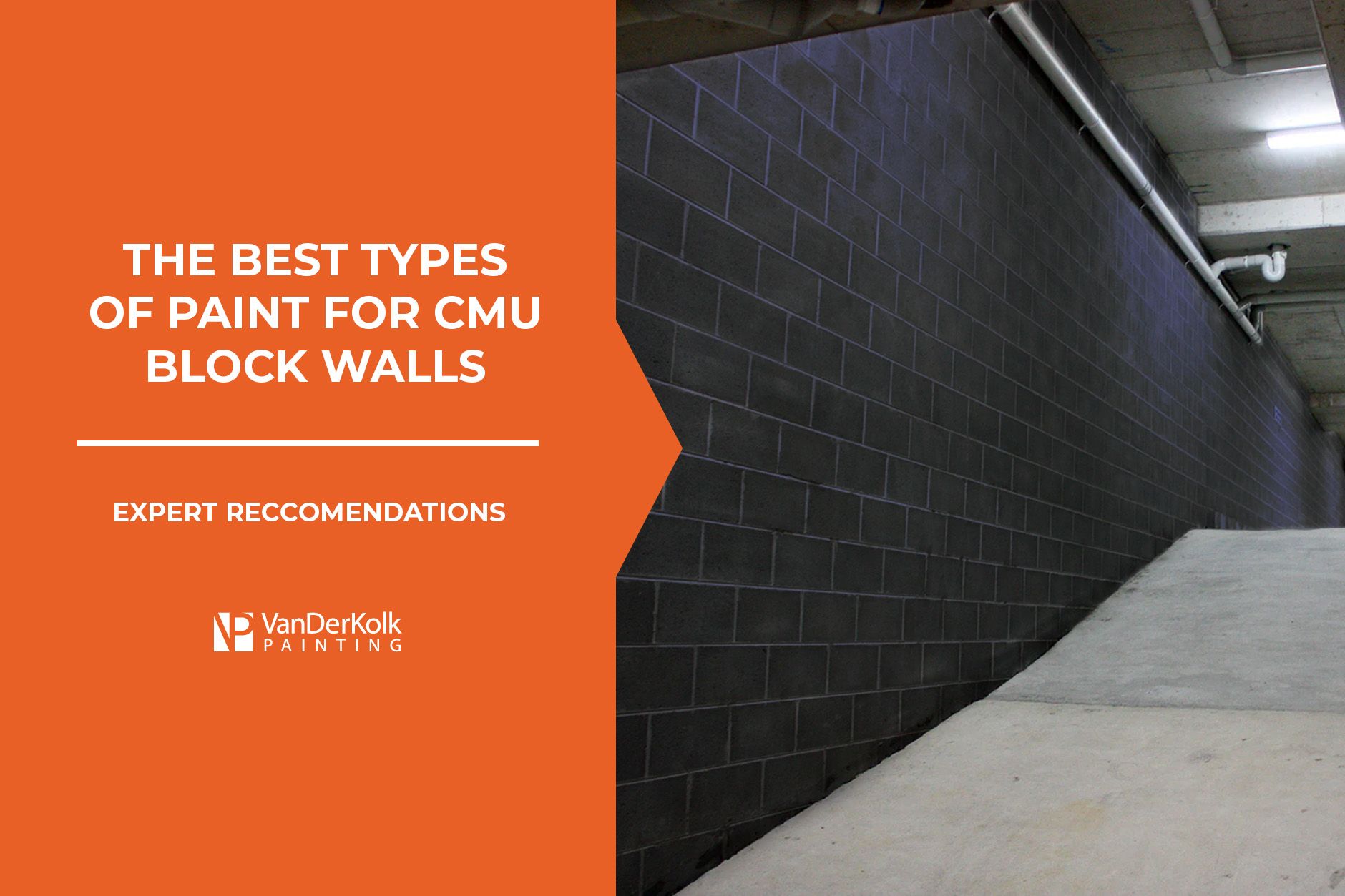

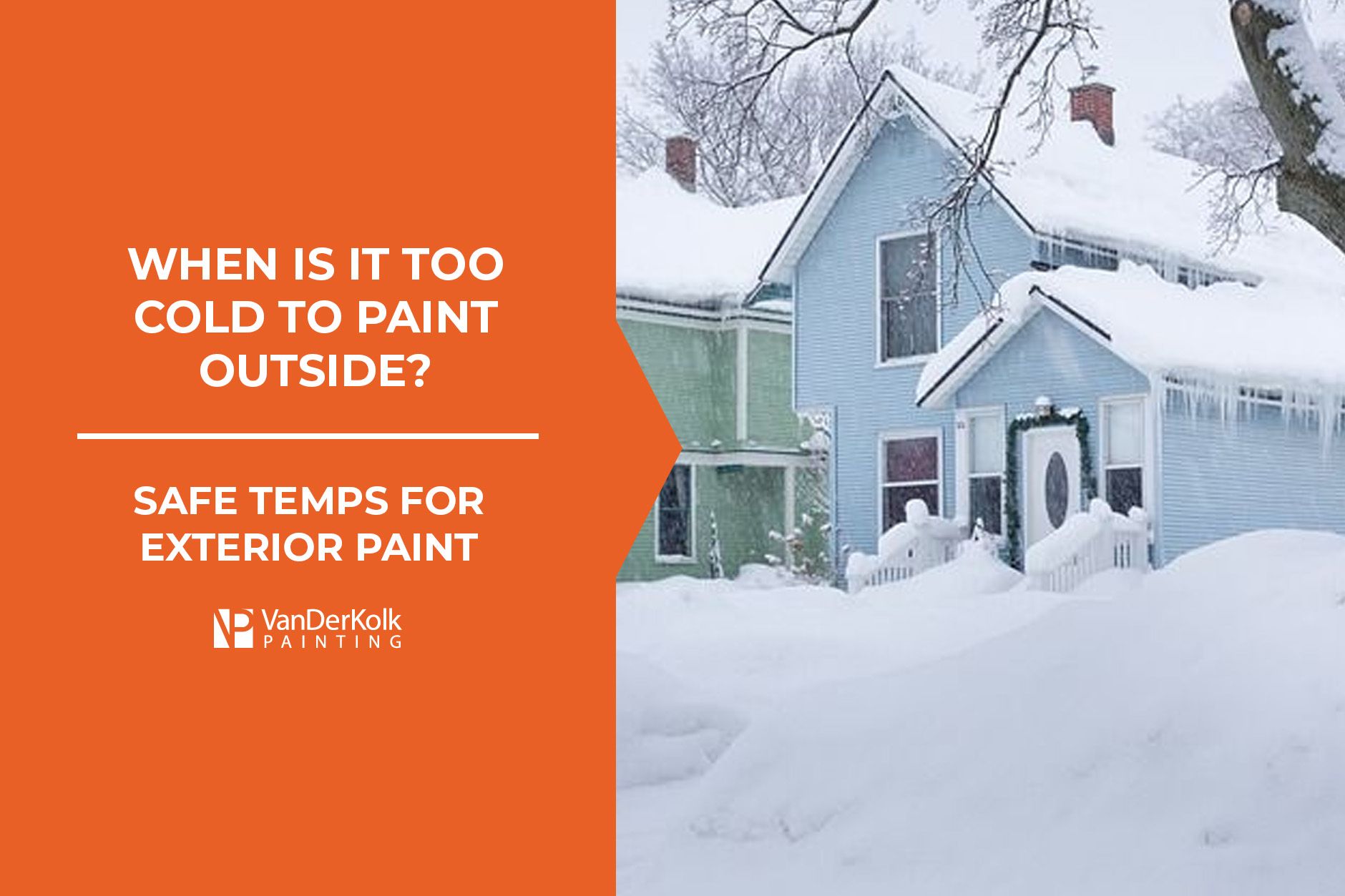
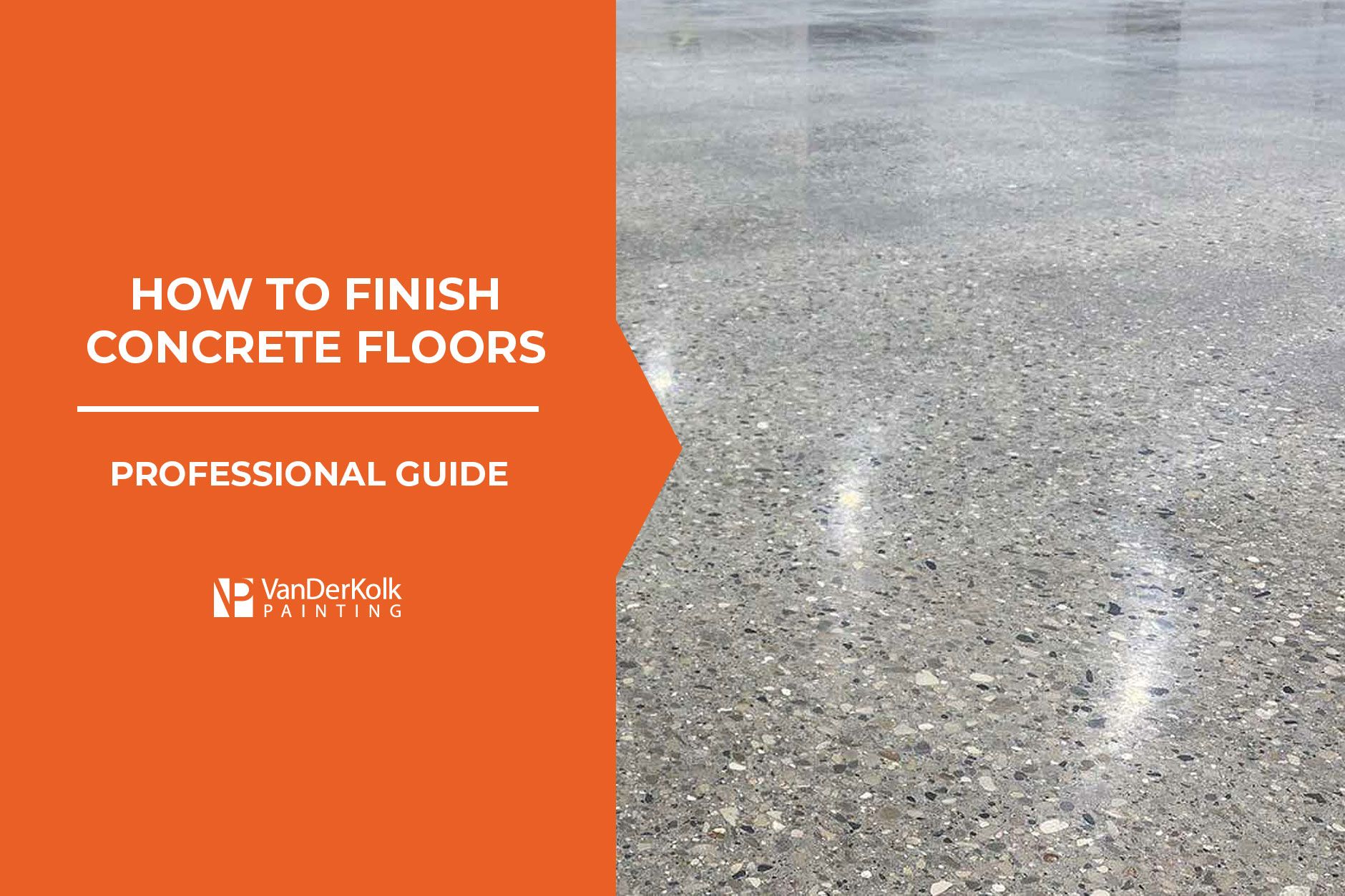
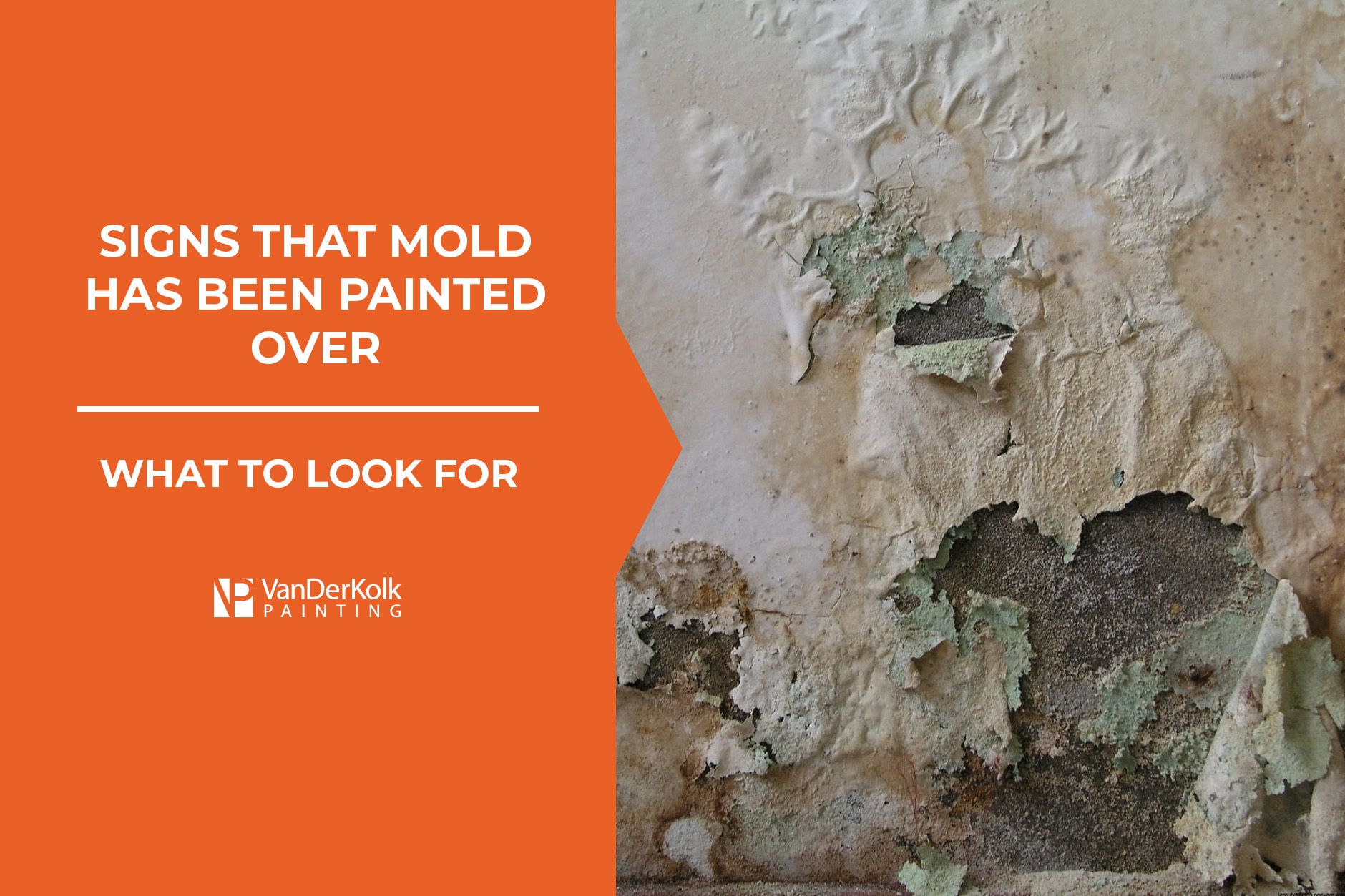
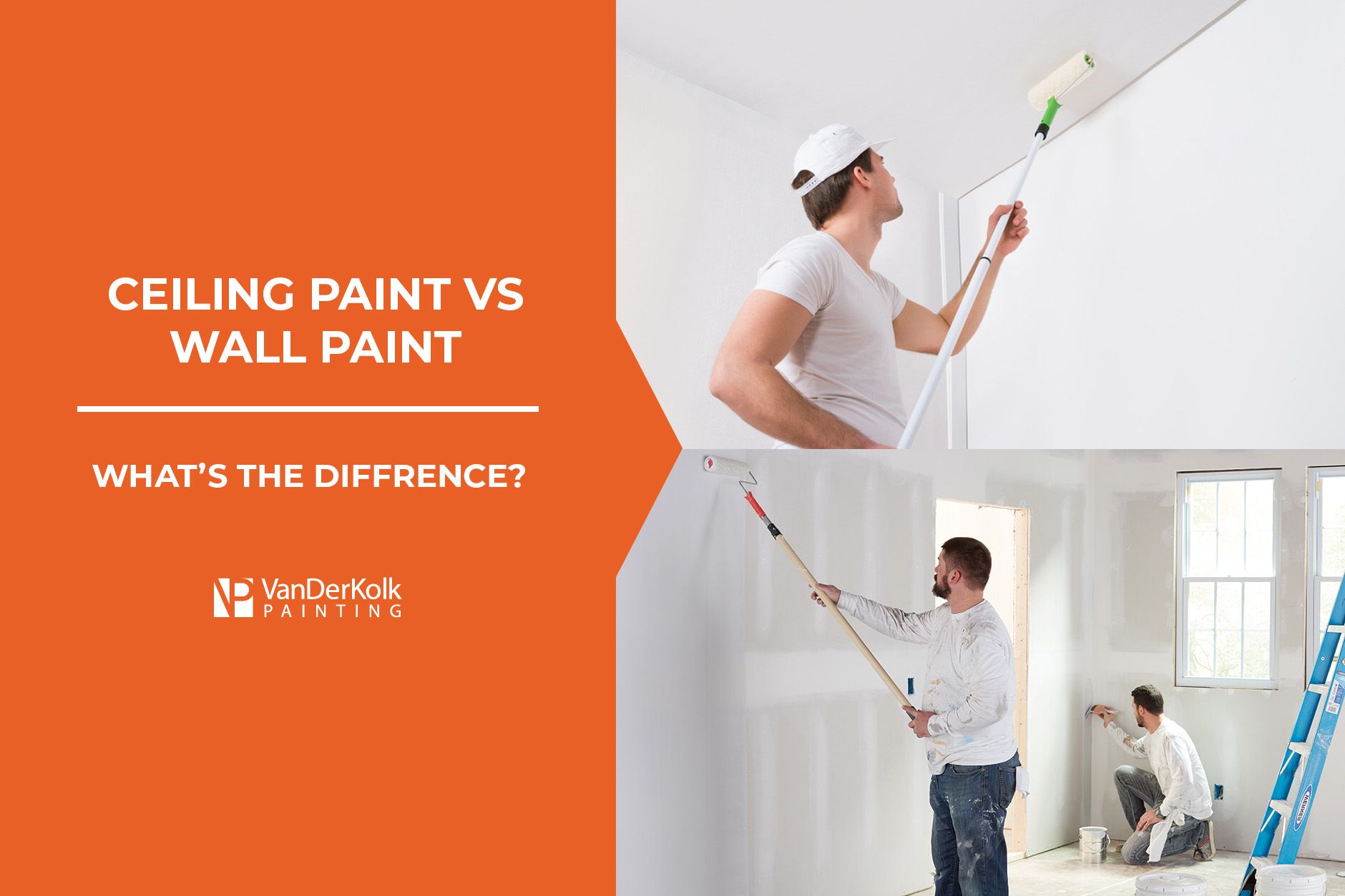
 Rating
Rating
Request Your Free Quote
We provide quotes at absolutely no cost. Requesting a quote gives you an opportunity to meet with one of our team members, better understand our process, and explain the details of your project. You can request a free quote by filling out the form, or by calling us at 616-202-6570.
Footer Form
Thank you for contacting us.
We will get back to you as soon as possible.
Please try again later.
VanDerKolk Painting - Grand Rapids Painting Company
225 Graham Street SW | Grand Rapids, Michigan 49503
VanDerKolk Painting | All Rights Reserved



